Richmond, Virginia, has a rich history of urban development that spans several centuries. Here’s an overview of key periods and aspects of Richmond’s urban development:
Colonial Era:
- Founding (1737): Richmond was founded in 1737 and named after Richmond upon Thames in England. It began as a small settlement around the falls of the James River, a strategic location for trade and transportation.
Revolutionary War Era:
- Capital of Virginia (1780): During the American Revolution, Richmond became the capital of Virginia in 1780, replacing Williamsburg. This marked a shift in importance and led to increased development.
Antebellum Period:
- Canal and Transportation (1830s): The construction of the James River and Kanawha Canal in the 1830s facilitated trade and transportation, boosting economic development.
- Industrialization: Richmond became an industrial center, with industries like ironworks and flour mills emerging.
Civil War:
- Capital of the Confederacy (1861-1865): During the Civil War, Richmond served as the capital of the Confederate States of America. The city’s industrial capacity and strategic importance made it a target for Union forces.
Reconstruction and Post-Civil War:
- Post-War Challenges: Richmond faced challenges in the aftermath of the Civil War, including physical damage and economic struggles. Reconstruction efforts aimed to rebuild the city.
Late 19th to Early 20th Century:
- Industrial Growth: Richmond’s industrial base expanded, with tobacco processing and textile manufacturing playing significant roles.
- Development of Neighborhoods: Various neighborhoods, such as the Fan District, Jackson Ward, and Church Hill, began to take shape during this period.
Mid-20th Century:
- Urban Renewal: Like many American cities, Richmond experienced urban renewal projects in the mid-20th century. Some historic neighborhoods were affected, leading to both positive and negative impacts.
Late 20th Century:
- RVA Renaissance: In the latter half of the 20th century, Richmond experienced a cultural and economic renaissance. Historic preservation efforts gained momentum, and the city saw revitalization in areas like Shockoe Bottom.
21st Century:
- Riverfront Development: The James River continued to be a focal point for development, with projects aimed at enhancing the riverfront for recreation and tourism.
- Tech and Creative Industries: Richmond’s economy diversified, with a growing presence of technology and creative industries contributing to the city’s transformation.
Challenges and Future:
- Urban Challenges: Like many cities, Richmond faces challenges related to urbanization, transportation, and housing. Balancing growth while preserving historical character remains a key consideration.
- Community Engagement: Recent years have seen increased emphasis on community engagement, with residents actively participating in shaping the city’s future.
Richmond’s urban development reflects a dynamic interplay between its historical legacy and the evolving needs of a modern city. The preservation of historical landmarks alongside ongoing development projects contributes to the unique character of Virginia’s capital.

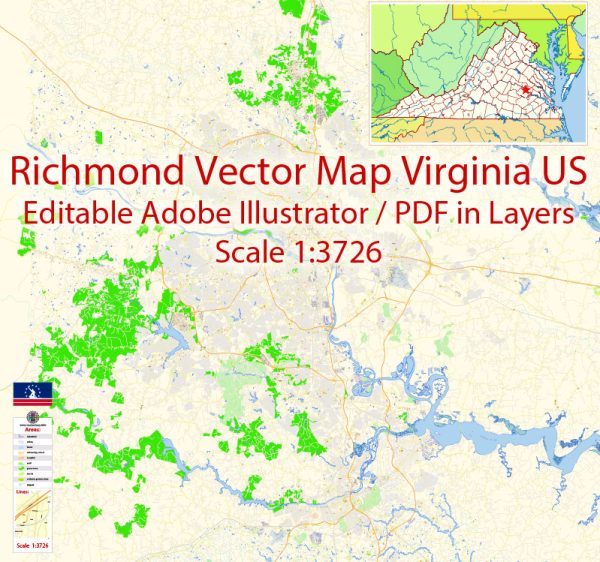
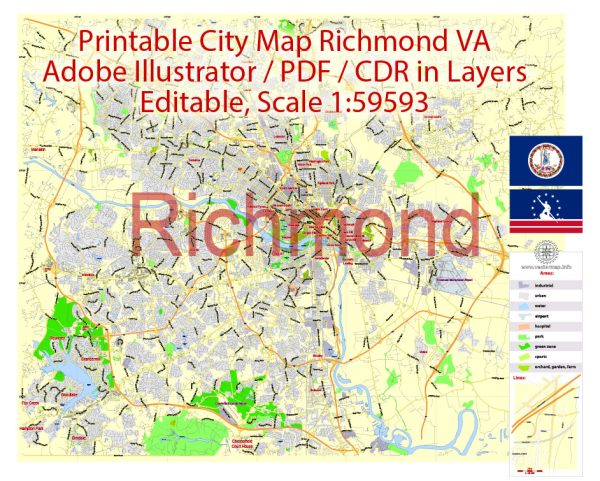
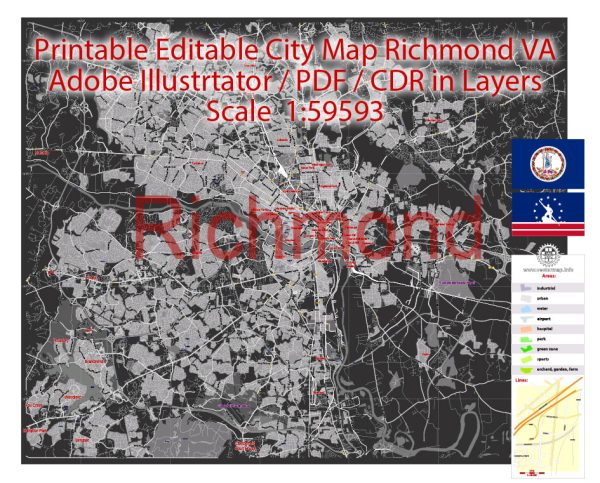
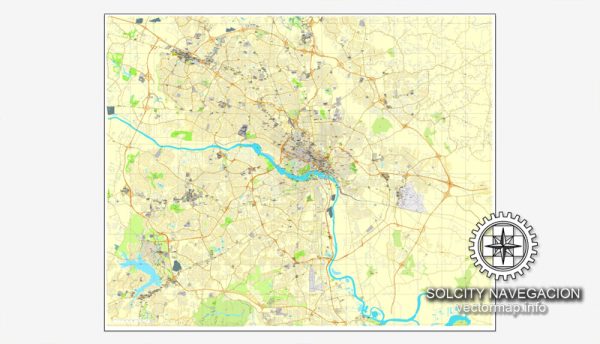
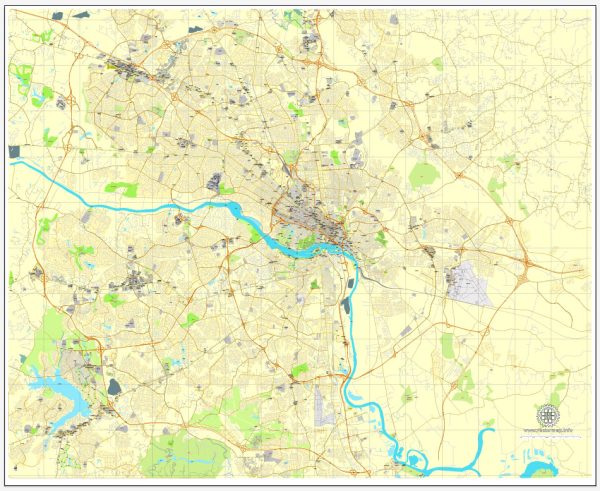
 Author: Kirill Shrayber, Ph.D.
Author: Kirill Shrayber, Ph.D.